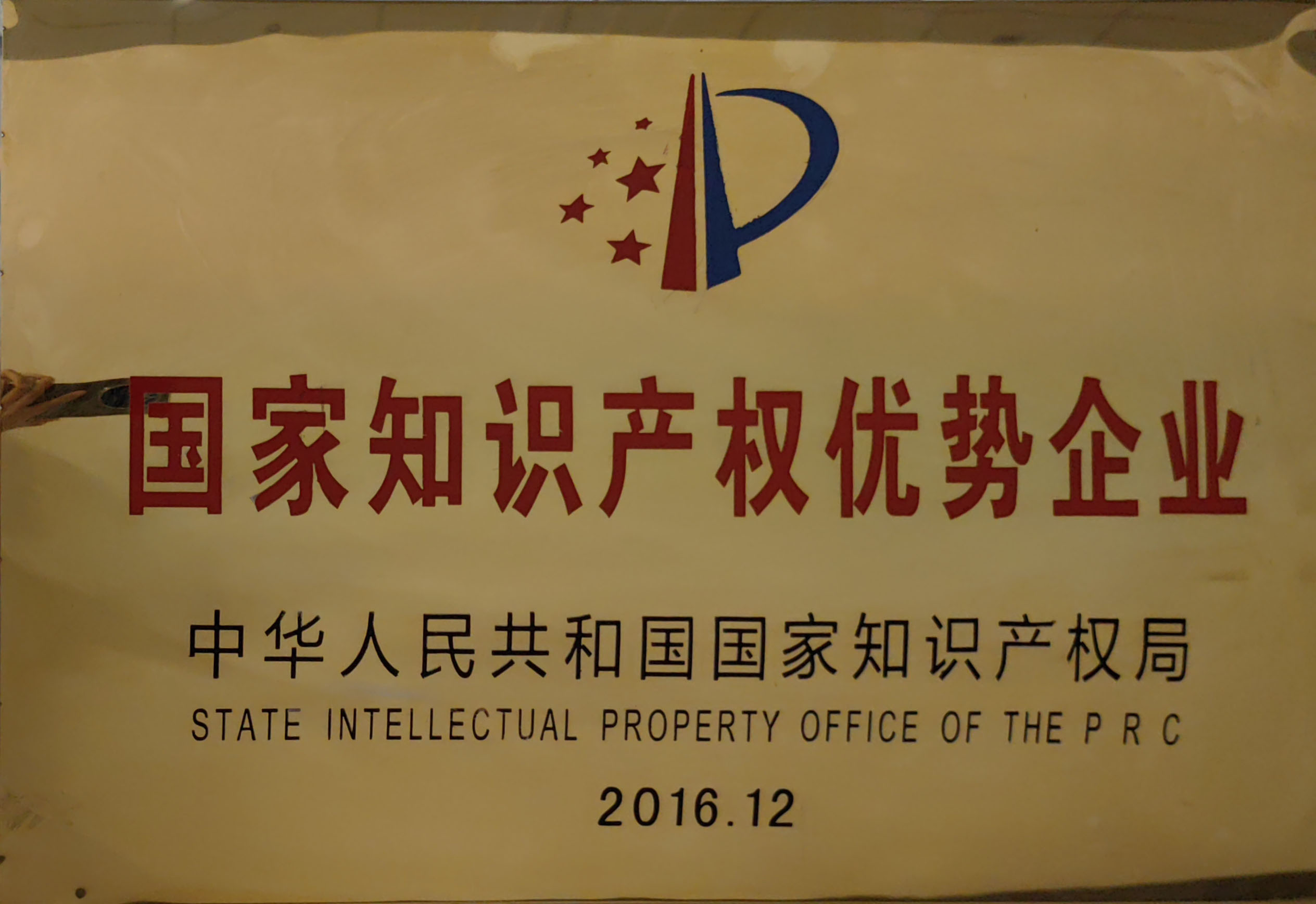
Dec . 10, 2024 04:35
Back to list
Regulating Valve for Optimal Performance in Industrial Systems
Understanding the Regulating Valve A Key Component in Fluid Control Systems
In industrial processes and various applications, the management and control of fluid flow is paramount. One crucial component that plays a significant role in this area is the regulating valve. Often referred to as a control valve, this device manages the flow and pressure of liquids and gases in a system, ensuring optimal operation and efficiency.
What is a Regulating Valve?
A regulating valve is designed to modulate the volume of fluid that passes through it based on the signals it receives from a controller. This controller can be automated or manually operated. The primary objective of the valve is to maintain the desired output of a process, which may involve keeping pressure, flow rate, or liquid level within predetermined limits.
Regulating valves are critical in various industries, including water treatment, chemical manufacturing, HVAC systems, and oil and gas production. Their ability to control fluids with precision allows businesses to operate safely and efficiently while minimizing resource waste.
How Do Regulating Valves Work?
At the heart of the regulating valve's operation is the feedback loop system. The valve receives input from sensors placed throughout the system, measuring parameters such as pressure, flow rate, and temperature. Based on this data, a controller adjusts the valve's position, allowing more or less fluid to pass through, thus maintaining the target setpoint.
There are several types of regulating valves, including
- Globe Valves These provide good throttling capabilities and are commonly used for flow regulation. They operate by moving a disk away from a seat or towards it, allowing or restricting flow.
- Butterfly Valves Characterized by a rotating disc, these valves are efficient for large volume flows and are often used in water and sewage applications.
- Ball Valves Known for their ability to provide tight sealing and quick operation, ball valves are ideal for on/off applications and can also be used for throttling in some cases.
.
Applications of Regulating Valves
صمام تنظيم

The versatility of regulating valves means they find applications across diverse sectors. Here are a few notable examples
1. Water Supply Systems In municipal water systems, regulating valves maintain consistent water pressure for distribution, ensuring reliable service for residents and businesses.
2. Chemical Processing Regulating valves are crucial in the chemical industry, where precise control of flow rates can influence reaction rates and product quality.
3. Heating, Ventilation, and Air Conditioning (HVAC) In HVAC systems, regulating valves help control the flow of heating and cooling fluids, optimizing comfort and energy efficiency.
4. Oil and Gas The extraction and processing of hydrocarbons involve complex fluid dynamics. Regulating valves are used to manage the flow of crude oil and gases, ensuring safety and efficiency throughout the process.
Benefits of Using Regulating Valves
Implementing regulating valves in fluid control systems offers numerous benefits
- Efficiency By ensuring that systems operate within optimal parameters, regulating valves can significantly enhance overall system efficiency, saving energy and reducing costs.
- Safety Controlling fluid flow and pressure is essential for safe operations, especially in hazardous industries such as oil and gas. Regulating valves help prevent overpressure situations and potential leaks.
- Precision Control These valves allow for fine-tuning of processes, which is critical in industries requiring specific conditions for optimal production and quality control.
Conclusion
Regulating valves are an essential component of fluid control systems across multiple industries. Their ability to precisely control liquid and gas flow enhances operational efficiency, safety, and accuracy. As industries continue to evolve and embrace automation, the importance of regulating valves in ensuring streamlined processes and energy-efficient operations will only grow. Understanding their functionality and applications is crucial for engineers and operators committed to optimizing fluid management in their respective fields.
Latest news
-
Safety Valve Spring-Loaded Design Overpressure ProtectionNewsJul.25,2025
-
Precision Voltage Regulator AC5 Accuracy Grade PerformanceNewsJul.25,2025
-
Natural Gas Pressure Regulating Skid Industrial Pipeline ApplicationsNewsJul.25,2025
-
Natural Gas Filter Stainless Steel Mesh Element DesignNewsJul.25,2025
-
Gas Pressure Regulator Valve Direct-Acting Spring-Loaded DesignNewsJul.25,2025
-
Decompression Equipment Multi-Stage Heat Exchange System DesignNewsJul.25,2025

